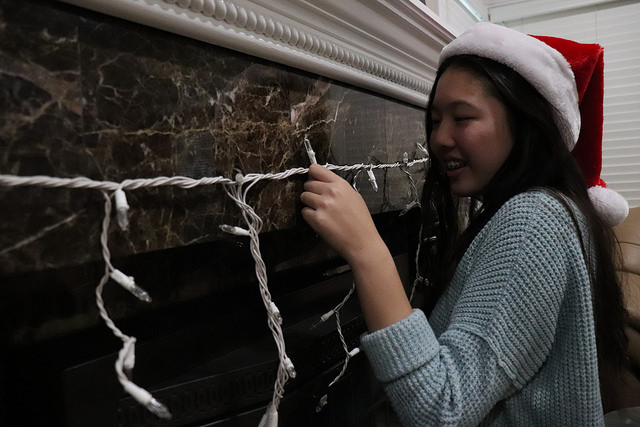
By Hien Bui, Staff Writer
With the start of December, Christmas season is fully underway. Like clockwork, it brings about the hordes of holiday shoppers, storefronts advertising flash sales with seemingly ruinous deals, arrays of decorations and a return of the perennial Starbucks cup debate, all to the tune of a Mariah Carey Christmas classic.
It’s no secret how commercialization has seeped its way into Christmas. The holiday has steadily assumed greater economic importance over the years. This is truer than ever since the Internet Age catapulted us into an era of thriving e-commerce. Arguably, this shift has led to the holiday gravitating away from the original religious roots and its “true meaning” of focusing on bringing others happiness. Some even go as far as to say that consumerism has become the new religion of the holiday season and the true meaning of Christmas is becoming lost to us.
It’s easy to dismiss these statements but, faced with the ghosts of Christmas traditions past and present, the notions hold some merit. Roasting chestnuts over an open fire, hanging stockings, getting an evergreen Christmas tree and caroling have all declined in popularity over the years. In a 2017 study conducted by the Pew Research Center, 46 percent of surveyed Americans viewed Christmas as a primarily religious holiday in contrast to four years prior where the number was 51 percent. As classic traditions are being placed on the back-burner and the observance of Christmas is shifting towards a more cultural standpoint, are we witnessing the death of Christmas?
To put it plain and simply, no, it isn’t. There is no correct way to celebrate Christmas; there never has been and hopefully never will be. The holiday is so widespread that it’s impossible to expect everyone to celebrate the same way. It’s observed all around the world and even in countries where Christianity isn’t as big as other religion, so their Christmas customs differ from what may be the Eurocentric or American ideal.
The traditions we regard as classic nowadays were adopted or evolved from other cultures. Our symbolic Christmas trees wouldn’t have become such a holiday staple if 16th century Germans hadn’t decorated trees into their homes. Caroling and popular Christmas songs weren’t a thing until England’s Victorian Era. The list goes on.
With that in mind, the cultural and religious differences that divide how other countries observe Christmas compared to us are unlikely to last. We may adopt other traditions as years wear on and cultures mix — there’s a real possibility there. As part of a global village, the only thing that can be expected from this intermingling and exchange of culture is change. How can we determine if Christmas is dying when the traditions we measure by might not be the standard in due time?
Christmas is simply changing as we start to modernize. The decline of traditions or religious importance of the holiday doesn’t mark its imminent end. If there comes a day where so few people are celebrating the twenty fifth of December that the observation of the day might disappear forever then, possibly, we are facing the death of Christmas; in fact, according to polls done by Monmouth University, a solid 89 percent of Americans still celebrate the holiday. We don’t have to fear Christmas’ death any time soon. It’s constantly accommodating to the changing times and as some traditions die off, new ones will take their place.





